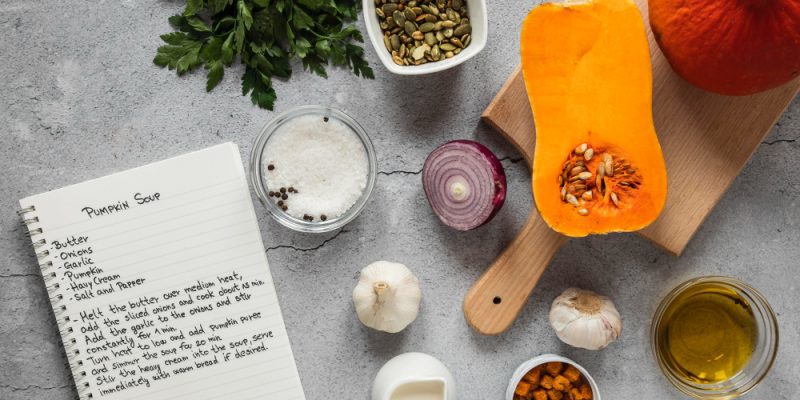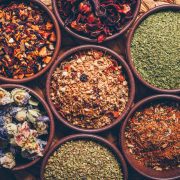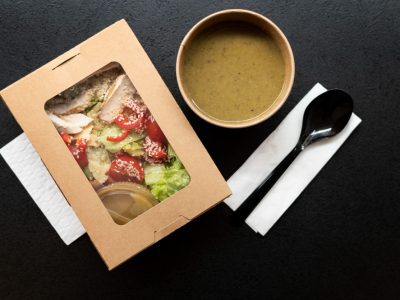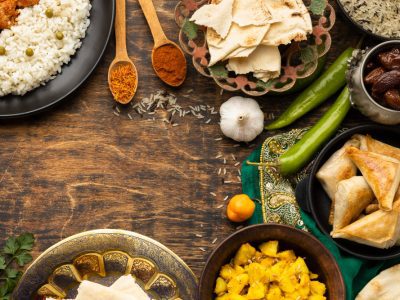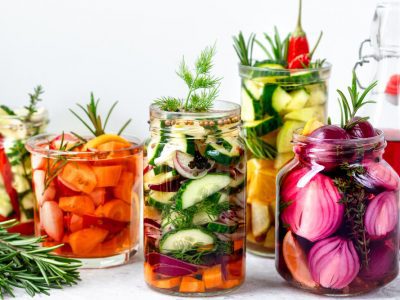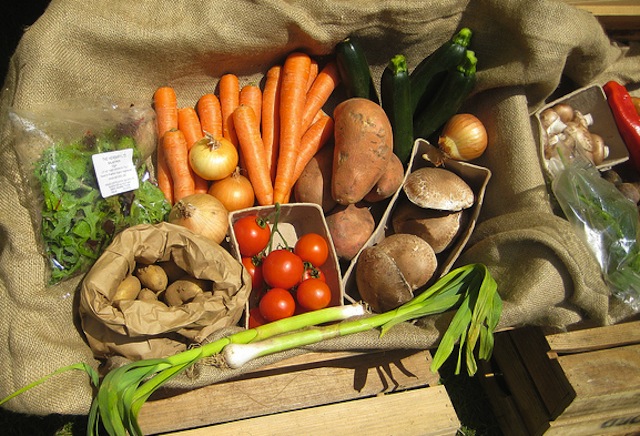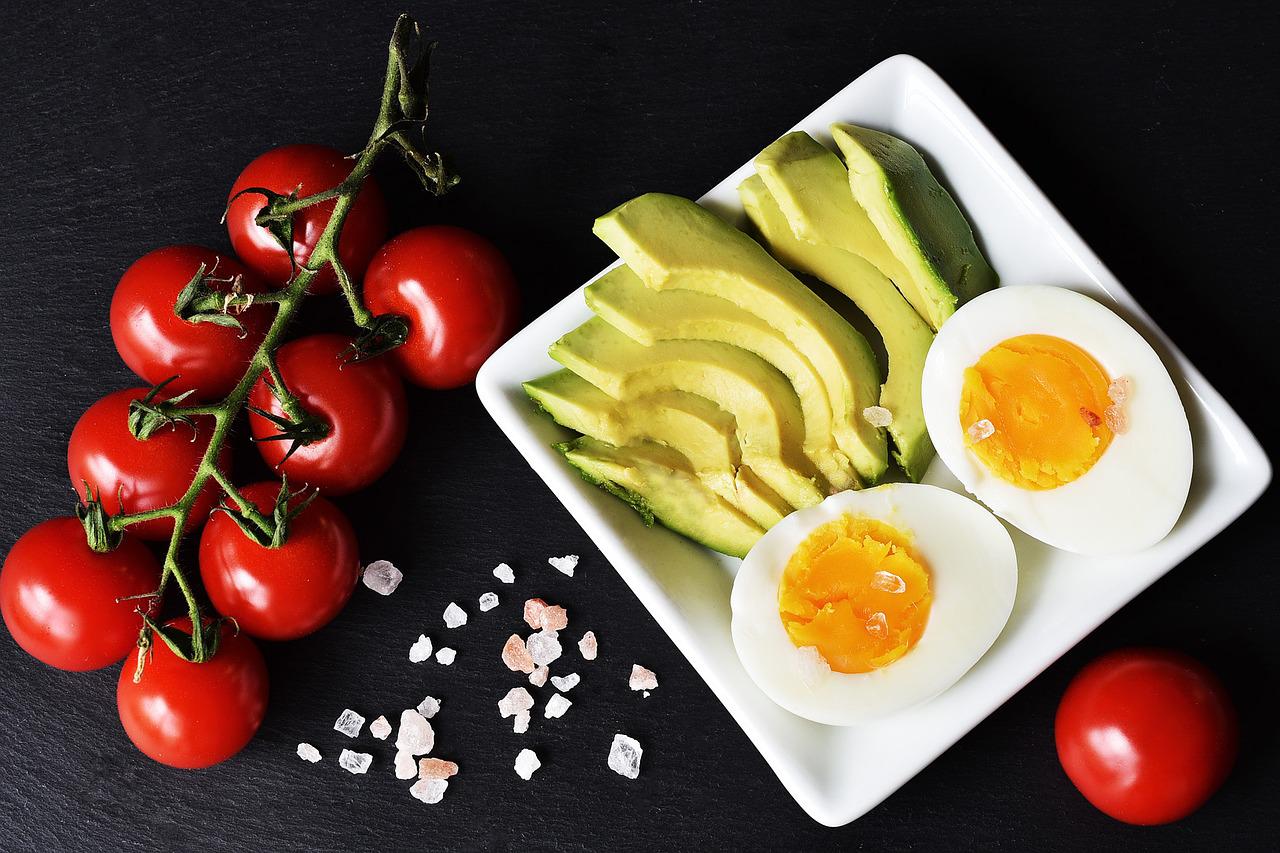A rich tapestry of flavours, methods, and traditions has been woven into India’s culinary environment through the ages. Family recipes are at the heart of this tradition, beloved concoctions that connect generations and keep the flavour of regional cuisines and cultural identities alive.
In India, the practice of passing down recipes from generation to generation has ancient historical roots. The old practice of verbal transmission of culinary knowledge from one generation to another persisted. The cultural value of different dishes, as well as their distinctive cooking methods and ingredient combinations, were safeguarded by this approach. As time went on, these dishes came to represent the family’s unique personality, with each home taking pride in its own unique culinary offerings.
An increasing number of people are making an effort to record and keep these traditional recipes alive in recent years. New programmes, such as the Heirloom Project, are making it easier for families to collect their cherished recipes and turn them into unique cookbooks with drawings and personal stories. By doing so, we are able to preserve culinary traditions and make them real artefacts to pass on to the next generation.
The Tradition of Indian Family Recipes
The capacity to preserve cultural values, tell tales, and preserve memories is what makes family recipes so important in India. These recipes are more than just directions; they are stories that tell the tales of families’ travels, their ties to specific regions, and the ways they have changed and evolved through the years.
Generational Cooking
The term “generational cooking” refers to the process of passing down recipes and cooking techniques from one family to another. To preserve the family’s culinary legacy, it is common practice in Indian households for the older members of the family to pass the knowledge of traditional recipes on to the younger generations.
Not only are recipes passed down from generation to generation, but so are cooking methods, ingredient choices, and even the religious or cultural significance of specific foods. For example, certain foods are made in honour of festivals or significant life events, and these recipes all have symbolic importance.
The emergence of digital platforms has made it even easier to keep these traditions alive. More and more people are able to access and share their family’s recipes, thanks to social media and food blogs. The digital preservation of family recipes guarantees that they will always be available, no matter how far apart family members live.
Heirloom Recipes
A family’s heirloom recipes are ones that have been passed down through generations with great care. Because of their culinary and historical importance, these recipes are highly prized.
An endeavour to keep a family’s culinary heritage alive is the preservation of ancestral recipes. Recognising the cultural and historical significance of these recipes, multiple initiatives have been launched in India to compile them. Sonal Ved’s “Tiffin: 500 Authentic Recipes Celebrating India’s Regional Cuisine” is only one example of a cookbook that brings together traditional recipes from all around India, including those that have been passed down through generations.
In addition to honouring tradition, preserving traditional recipes is a way to celebrate the variety and depth of Indian cuisine. A collective culinary archive showcasing the variegated diversity of India’s gastronomic past is being built by families documenting these recipes.
Conclusion
The rich cultural and culinary past of India is reflected in the tradition of family recipes. The recipes pass down the values, traditions, and stories of a region’s cuisine from one generation to the next, bridging gaps in knowledge and keeping traditions alive.
The need of keeping these customs alive is greater than it has ever been in today’s fast-paced society. By preserving and disseminating family recipes, we can make sure that the tastes and traditions of yesteryear will have an impact long into the future.
Platforms like HOGR provide a one-of-a-kind chance for people to discover and appreciate this diverse array of tastes. Through its mission to unite foodies with genuine dining experiences, HOGR bridges the gap between the past and the present, introducing people to the varied and delicious world of Indian family recipes.
Essentially, the cultural fabric of India relies on the preservation and appreciation of family recipes. Through the act of passing down, documenting, and sharing these culinary riches, they nourish not just the body but also the soul, cultivating a profound sense of continuity and identity.
A food enthusiast and a blogger – someone who likes to eat and write about it. I’m passionate about exploring different cuisines and challenging my palette. I give into my food craving regularly and am often on the hunt to find my new favorite food place in town.
